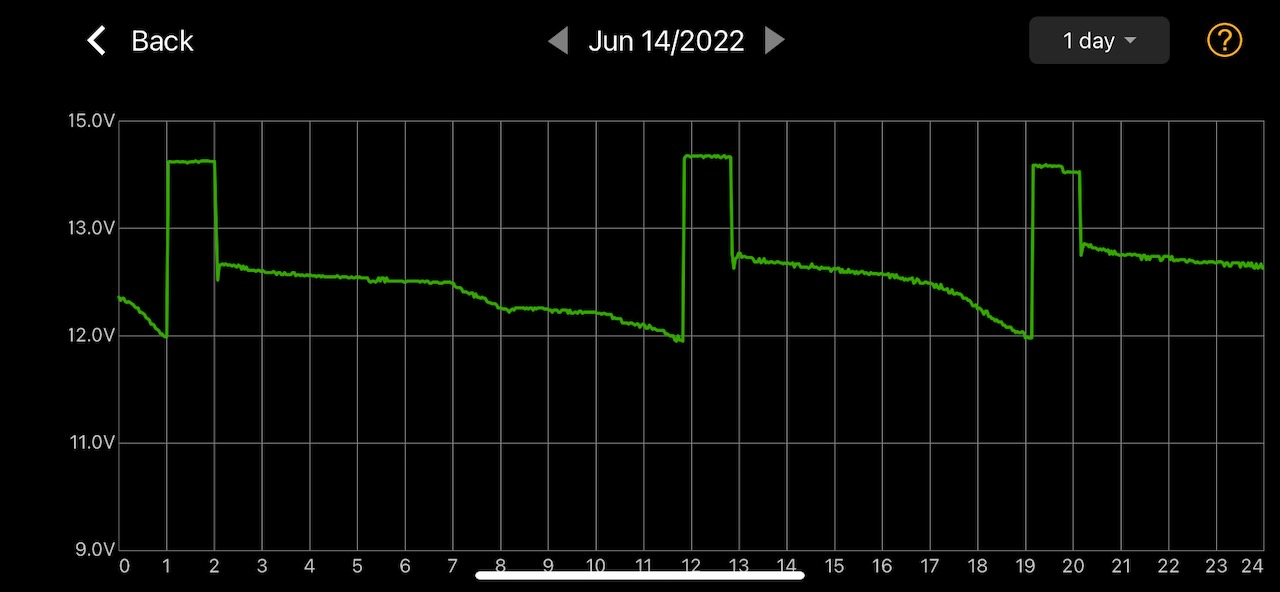JohnnyCakes
Well-known member
- Joined
- Jun 3, 2023
- Messages
- 64
There's another thread from a member indicating that his battery died and he had to have AAA come to jump start it.
I've always carried battery jump packs in my vehicles "just in case" I end up with a flat battery. Obviously, those have to be pretty big (cold cranking amps), since they have to crank the ICE. The one I carry in my ICE vehicle has 425 cranking amps.
That doesn't seem necessary for the i3. What is the amps needed?
I've always carried battery jump packs in my vehicles "just in case" I end up with a flat battery. Obviously, those have to be pretty big (cold cranking amps), since they have to crank the ICE. The one I carry in my ICE vehicle has 425 cranking amps.
That doesn't seem necessary for the i3. What is the amps needed?





